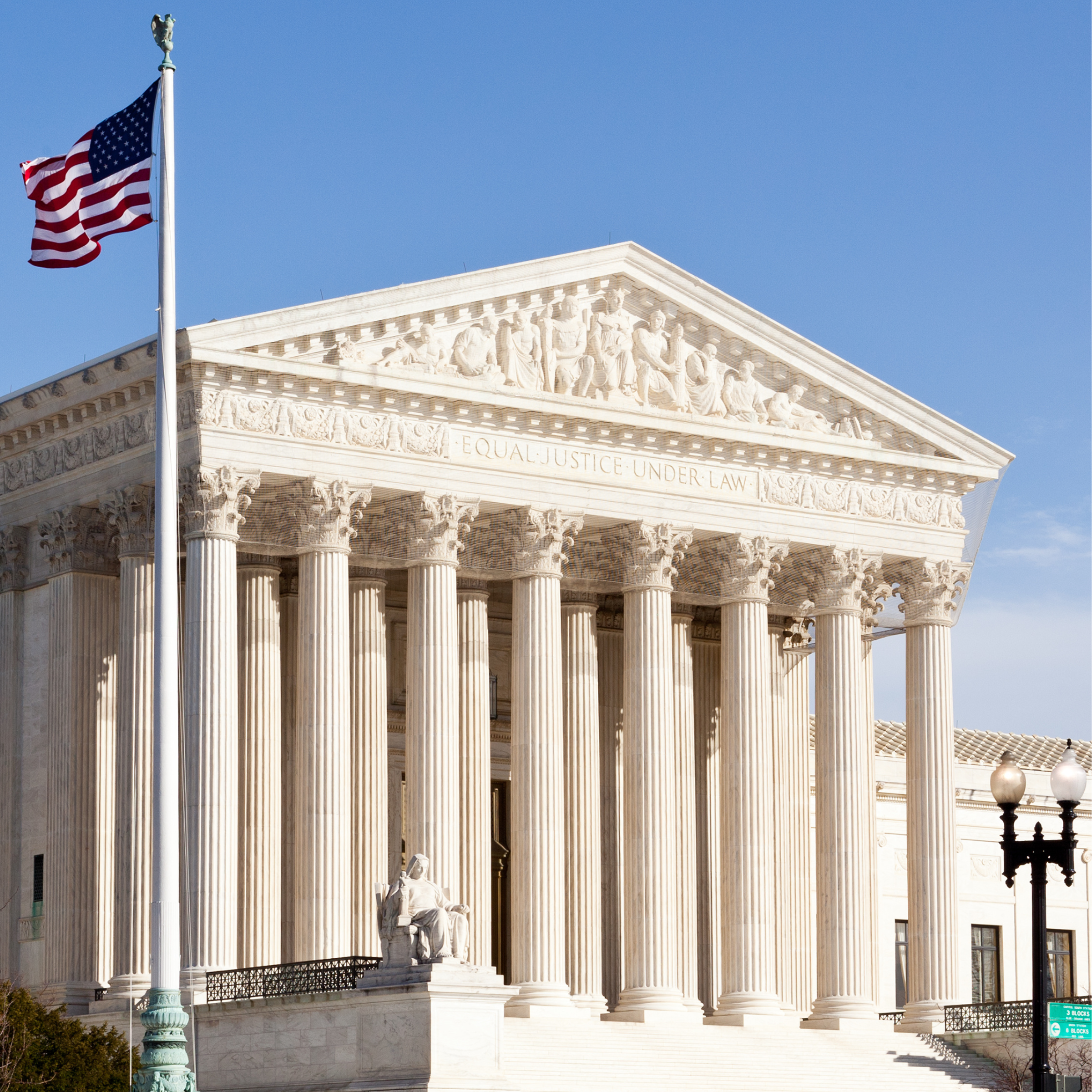 Jun 20th, 2025
Jun 20th, 2025U.S. Supreme Court Round-Up: Student Free Speech and Section 504 Claims
A number of cases are before the U.S. Supreme Court this term that have the potential to impact public schools. Of note so far are two cases; one which the Court intentionally did not decide and one which it did. We anticipate the Court’s upcoming ruling regarding a parent’s right to opt their child out of certain curriculum.
L.M., by and through his parents Christopher and Susan Morrison v Town of Middleborough, Massachusetts, et. al.
On May 27, 2025, the Court, with Justices Alito and Thomas dissenting, denied the application by a middle school student and his parents to review the decision of the U.S. Court of Appeals for the 1st Circuit, in which that court held that the public school district’s action to prohibit a student from wearing a T-shirt with the slogan, “There are only two genders,” did not violate the student’s First Amendment right to free speech. As such, the Court of Appeals’ decision stands.
According to the Court of Appeals, “school officials may bar passive and silently expressed messages by students at school that target no specific student if: (1) the expression is reasonably interpreted to demean one of those characteristics of personal identity, given the common understanding that such characteristics are unalterable or otherwise deeply rooted and that demeaning them strike[s] a person at the core of his being; and (2) the demeaning message is reasonably forecasted to poison the educational atmosphere due to its serious negative psychological impact on students with the demeaned characteristic and thereby lead to symptoms of a sick school – symptoms therefore of substantial disruption.” It is noteworthy that the school district presented evidence regarding the effect on students of such messages and how such messages are reasonably likely to lead to a “sick school.”
A.J.T., by and through her parents, A.T. v. Osseo Area Schools, Independent School District No. 279
On June 12, 2025, the U.S. Supreme Court rejected long standing decisions of lower courts that, in order for a parent to bring a claim under either Section 504 of the Rehabilitation Act of 1973 (“Section 504”) or the Americans with Disabilities Act (“ADA”) for violation of a student’s right to a “free appropriate public education” (“FAPE”), as required by the Individuals with Disabilities Education Act (“IDEA”), the parent would not only have to show a denial of FAPE under the IDEA, but also would have to prove that the school district’s action was in “bad faith” or was a “gross misjudgment.” Compensatory money damages are available under Section 504 and the ADA, but not under the IDEA. The Court held that there should not be a higher bar to prove a case of discrimination based on educational services than there is for other types of disability discrimination claims.
The student in this case has a rare form of epilepsy which causes her to frequently suffer seizures in the morning, rendering her unable to attend school before noon. Her parents requested the school district to include evening instruction in her IEP so that she would have the 6.5 hour school day typical for nondisabled students. The school’s “CSE” did not agree. An impartial hearing officer ruled that the school violated the IDEA and ordered compensatory education and evening instruction. The federal court subsequently agreed. The parents then sued under Section 504 and the ADA for money damages and reimbursement of costs. The Court of Appeals for the 8th Circuit, relying on prior court decisions, held that failure to provide a “reasonable accommodation” was not enough to prove discrimination.
Now, the U.S. Supreme Court has overturned that decision and the higher standard it imposed. A parent is no longer required to prove that the school district acted in bad faith or with gross misjudgment. While we anticipate that this ruling is likely to result in more federal court claims for discrimination on the basis of disability due to IDEA violations, plaintiffs still will be required to prove that the school district’s action, or refusal to act, discriminated on the basis of the student’s disability.




